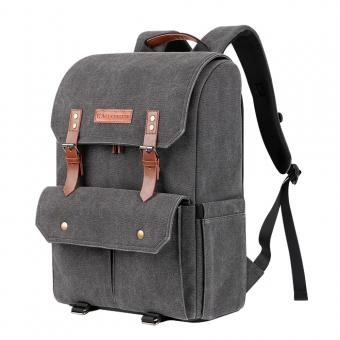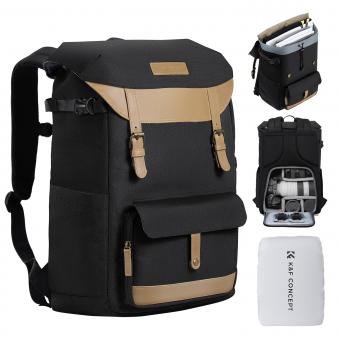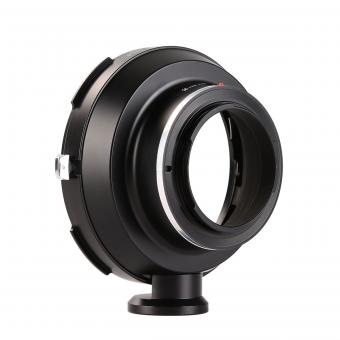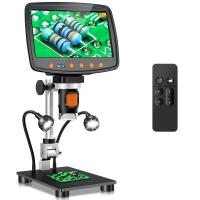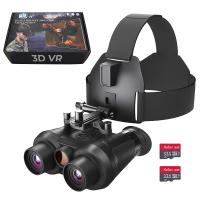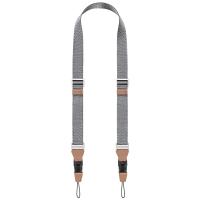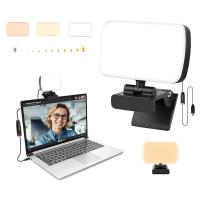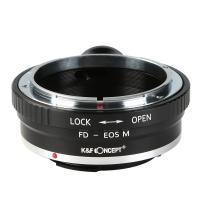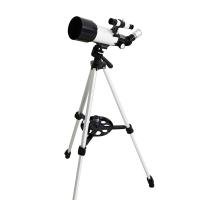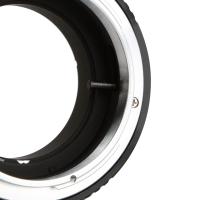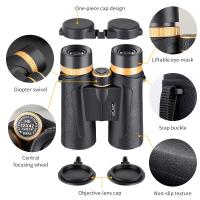When Was The Camera Tripod Invented ?
The camera tripod was invented in the early 1800s, although the exact date and inventor are not known. The earliest known reference to a tripod for a camera was in a British patent from 1840, which described a "three-legged frame or stand" for holding a camera steady. However, it is likely that similar devices were in use before this time. The tripod quickly became an essential tool for photographers, allowing them to take sharp, clear images by stabilizing the camera and reducing camera shake. Today, tripods are still widely used by photographers and videographers, and have evolved to include a range of features such as adjustable legs, ball heads, and quick-release plates.
1、 Early camera support systems
When was the camera tripod invented? The first camera support systems were invented in the early 1800s, shortly after the invention of the camera itself. These early systems were simple and consisted of a wooden or metal stand with a platform to hold the camera. They were often used in portrait studios to keep the camera steady during long exposure times.
The first true camera tripod was invented in the mid-1800s by a French photographer named Gustave Le Gray. His design consisted of three legs that could be adjusted to different heights and angles, allowing for greater flexibility in positioning the camera. This design quickly became popular among photographers and is still in use today.
Since Le Gray's invention, camera tripods have evolved significantly. Modern tripods are made from lightweight materials like carbon fiber and aluminum, making them easier to transport and set up. They also feature advanced features like ball heads and quick-release plates, which allow for even greater flexibility and ease of use.
In recent years, there has been a trend towards smaller, more portable camera support systems like monopods and mini tripods. These systems are ideal for travel and outdoor photography, where weight and portability are key considerations.
Overall, the camera tripod has come a long way since its invention in the mid-1800s. Today, it remains an essential tool for photographers of all levels, providing stability and flexibility in a wide range of shooting situations.
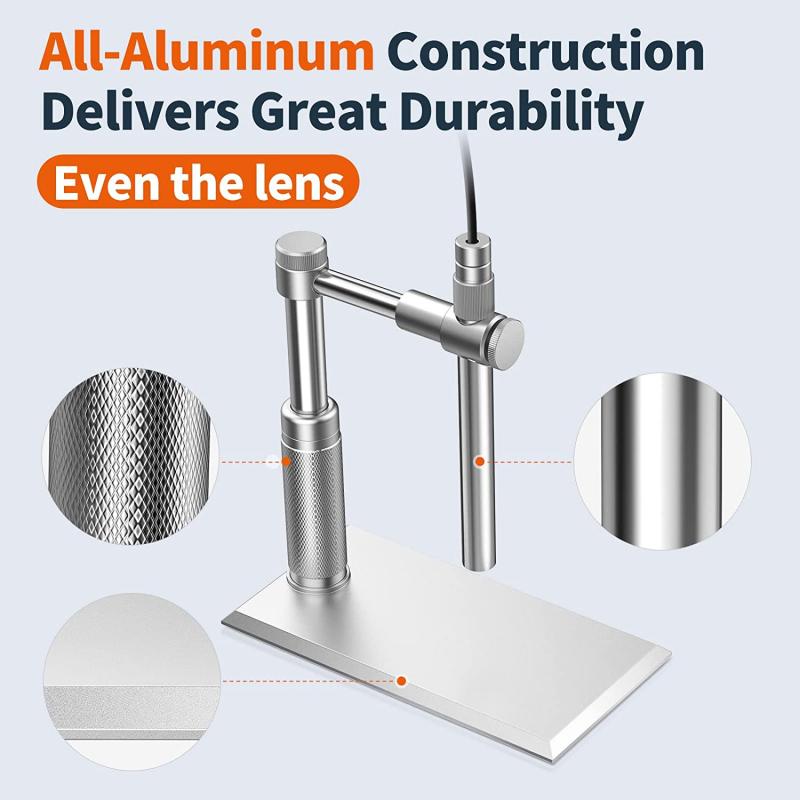
2、 The invention of the tripod
The invention of the tripod dates back to ancient times, with evidence of its use found in ancient Egyptian and Greek art. However, the modern camera tripod as we know it today was invented in the early 1900s. The first patent for a camera tripod was filed in 1908 by Arthur Williams, who designed a tripod with adjustable legs and a ball head for easy movement of the camera.
Since then, camera tripods have evolved to include various features such as lightweight materials, quick-release mechanisms, and adjustable heights. They have become an essential tool for photographers and videographers, providing stability and support for capturing clear and steady shots.
In recent years, there has been a rise in the use of portable and flexible tripods, such as the GorillaPod, which can be wrapped around objects or adjusted to uneven surfaces. Additionally, advancements in technology have led to the development of motorized and remote-controlled tripods, allowing for even more precise and controlled movements.
Overall, the invention of the tripod has revolutionized the field of photography and videography, providing a stable and reliable platform for capturing stunning images and footage.

3、 Evolution of tripod materials
When was the camera tripod invented?
The camera tripod was invented in the early 1800s, shortly after the invention of photography itself. The first tripods were made of wood and were used to stabilize the large and bulky cameras of the time. As photography technology advanced, so did the tripod, with the introduction of metal and aluminum materials in the early 1900s.
Evolution of tripod materials:
Over the years, the materials used to make tripods have evolved significantly. In addition to wood, metal, and aluminum, tripods are now made from carbon fiber, which is lightweight and durable. Carbon fiber tripods are popular among photographers who need to carry their equipment long distances or who work in challenging environments.
Another recent development in tripod materials is the use of magnesium alloy. This material is even lighter than aluminum and is also very strong. Magnesium alloy tripods are becoming increasingly popular among photographers who need a lightweight and sturdy tripod for travel or outdoor photography.
The latest point of view:
In recent years, there has been a growing interest in sustainable and eco-friendly materials for tripods. Some manufacturers are now using recycled materials in their tripods, while others are exploring the use of biodegradable materials. This trend reflects a broader shift in the photography industry towards sustainability and environmental responsibility.
In conclusion, the camera tripod has come a long way since its invention in the early 1800s. From wood to carbon fiber and magnesium alloy, the materials used to make tripods have evolved significantly over the years. The latest trend towards sustainable materials reflects a growing awareness of the environmental impact of photography equipment.

4、 Tripod head types
When was the camera tripod invented?
The camera tripod was invented in the early 1800s, shortly after the invention of photography itself. The first tripods were made of wood and were used to stabilize the large and bulky cameras of the time. As photography technology advanced, so did the tripod, with the introduction of metal and adjustable legs.
Today, tripods come in a variety of materials, sizes, and shapes, and are an essential tool for photographers and videographers. They provide stability and allow for precise positioning of the camera, which is especially important for long exposures, time-lapse photography, and video recording.
Tripod head types
There are several types of tripod heads available, each with its own advantages and disadvantages. The most common types are ball heads, pan-tilt heads, and gimbal heads.
Ball heads are the most versatile and popular type of tripod head. They allow for quick and easy adjustments in any direction, making them ideal for landscape and portrait photography.
Pan-tilt heads are more precise and offer greater control over the camera's movement. They are commonly used for video recording and wildlife photography.
Gimbal heads are designed for use with heavy telephoto lenses and provide smooth and stable movement. They are commonly used for sports and wildlife photography.
In recent years, there has been a growing trend towards using smaller and more portable tripods, such as tabletop tripods and monopods. These are ideal for travel and outdoor photography, where weight and size are important factors.
In conclusion, the camera tripod has come a long way since its invention in the early 1800s. With the introduction of new materials and designs, tripods have become an essential tool for photographers and videographers, providing stability and precise positioning of the camera. The latest trend towards smaller and more portable tripods reflects the changing needs of modern photographers.






